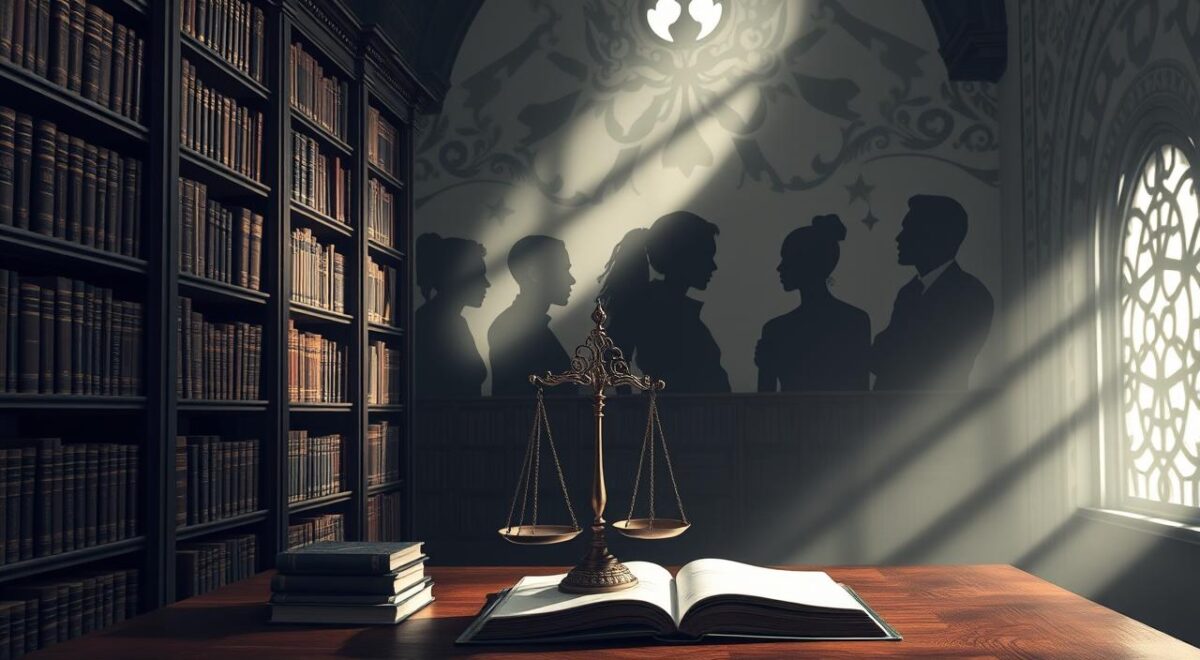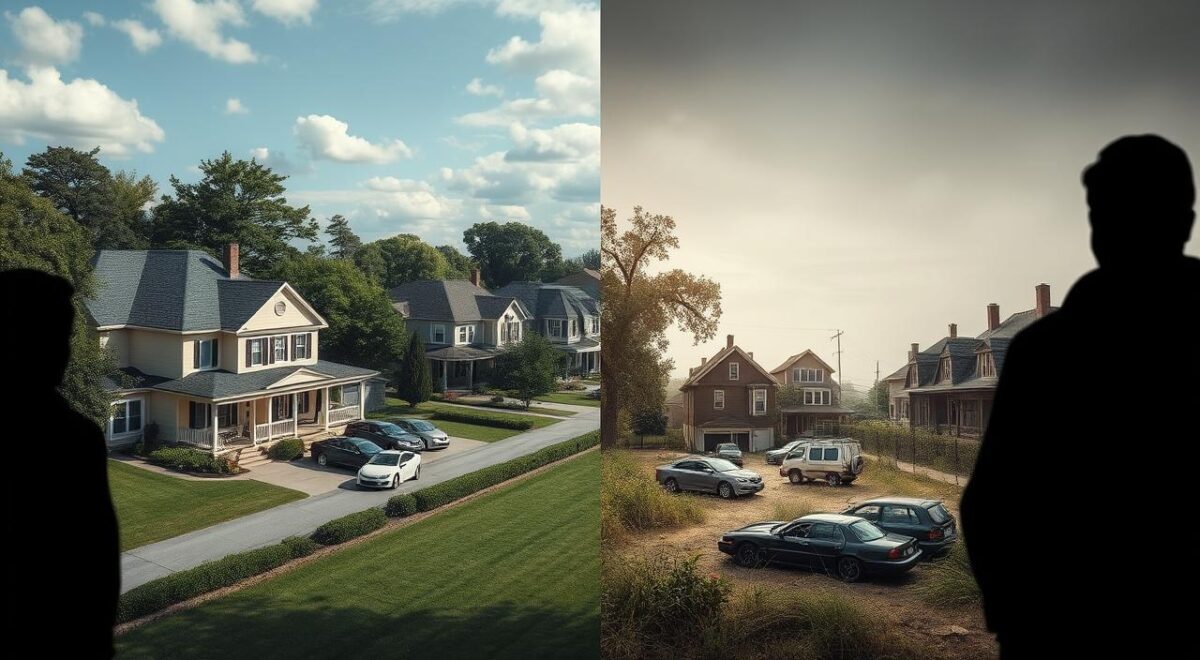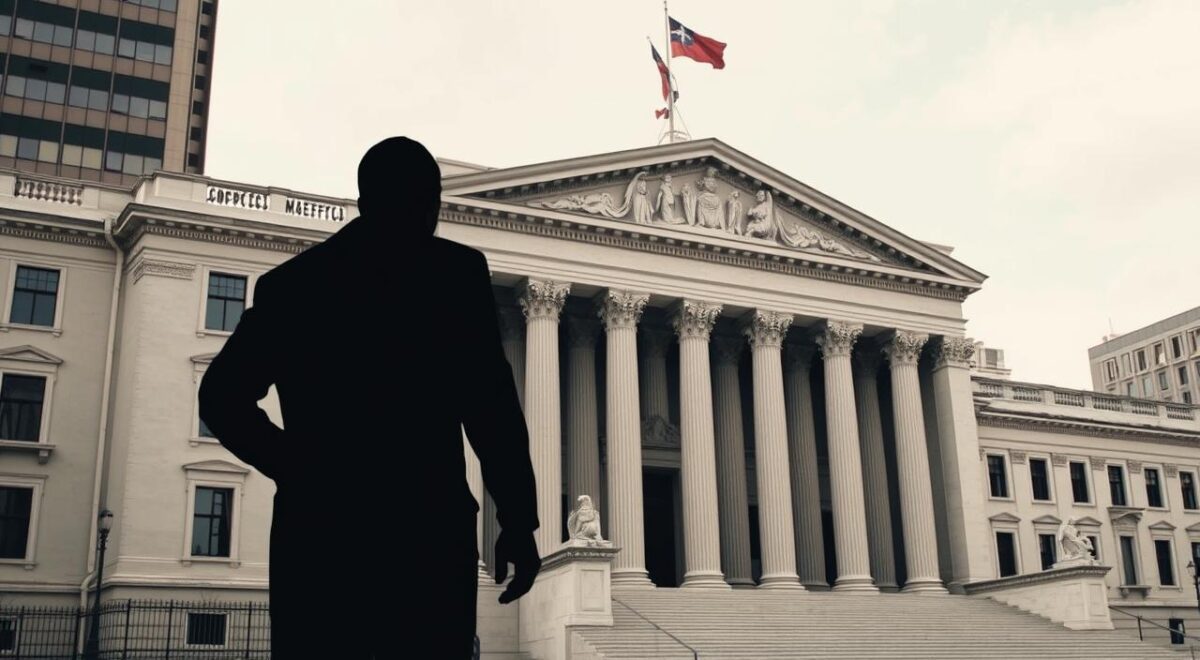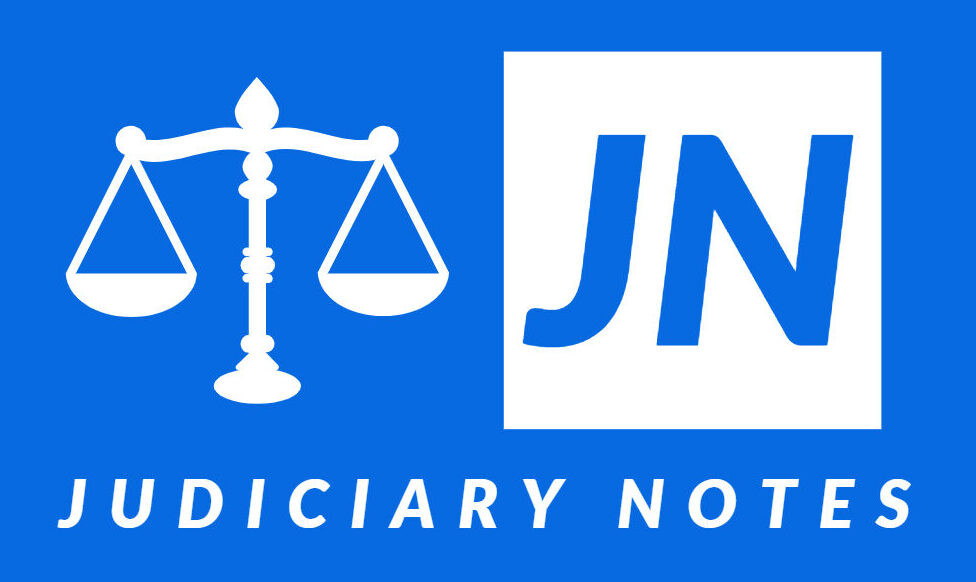In this article, I explore the concept of whiteness as property. This idea is deeply rooted in legal theory. It shows how racial identity is linked to property rights and ownership. Professor Cheryl I. Harris’s work is key here. She says whiteness has become a legally protected form of property in America.
History shows how racial restrictive covenants kept non-Caucasians from owning property. This is a clear sign of systemic racism in law. The Civil Rights movement fought against these injustices. They wanted basic civil rights for African-American communities.
But, the effects of whiteness go beyond just owning property. They also shape discussions on affirmative action and societal norms about race and racism.
As I dive into this topic, I’ll use critical race theory to show how whiteness is a form of racial privilege. This will help us understand the historical contexts that still affect our laws today. It will also show the inequalities in our society.
Understanding Whiteness as Property
Exploring whiteness as property helps us see its role in racial identity. It shows how the law has given whites special rights and benefits. This makes whiteness a valuable social asset.
Definition of Whiteness as Property
Whiteness as property means being white is more than just a racial identity. It’s also a legal status that boosts social standing. The link between race and property rights shows how past injustices have shaped our laws and society.
Historical Context and Implications
The history of whiteness is filled with important lessons. Laws from the 17th century treated Black people as property. This view led to long-lasting marginalization, as seen in laws about mixed-race children.
Legal decisions have always reflected and worsened racial differences. This has created a racial hierarchy in American law.
Impact on Contemporary Legal Theory
Today, the legacy of whiteness as property is still felt in legal theory. Scholars like Shelby L. Williams show how Hegemonic Whiteness Formation affects education. This highlights the need to understand historical injustices and their ongoing impact.
As we talk more about racial identity, it’s key to look at history. This helps us see the legal issues we face today. I believe we need to dive deeper into these topics to create a fairer legal system. For more on this, check out this article about digital signatures in law.
Theoretical Foundations of Whiteness
To understand whiteness, we must look into critical race theory. It helps us see how race, law, and power are connected. This theory says race is made by society, tied to old and new laws.
It shows how property law has always favored whites. This has led to unfair treatment of others.
Critical Race Theory Overview
Critical race theory breaks down how laws keep racial orders. It says race is more than a trait; it’s a powerful social category. It shapes our lives and society.
It points out how laws have kept whites on top. Laws and courts have often pushed people of color aside.
Intersection with Property Law
When we mix critical race theory with property law, we see a big problem. Property rights in the U.S. are tied to race. Courts have seen whiteness as valuable, linking it to owning property.
Early laws made it hard for non-whites to own land. This has left a mark on property rights. It shows how laws have made space racial, affecting us today.

| Aspect | Description |
|---|---|
| Critical Race Theory | A framework for analyzing how laws and systems perpetuate racial inequalities. |
| Whiteness as Property | The legal association of property rights with race, privileging white individuals. |
| Land Use Regulations | Policies that historically enforced racial segregation in property ownership. |
| Judicial Interpretations | Decisions that shaped concepts of property to uphold white supremacy. |
| Systemic Inequities | The ongoing imbalances in rights and access to property based on race. |
This deep dive shows why we must face the truth about property law and race. By understanding these roots, we can work towards a fairer system. One that values everyone’s rights, no matter their race.
Whiteness and Legal Rights
The mix of whiteness and legal rights is complex. It’s shaped by centuries of racial bias. I look at case studies that show how laws have often helped whites, leaving non-whites behind. These stories show how owning property has been limited, often to keep racial groups in their places.
Case Studies in Discrimination
Looking at different cases, it’s clear that racial bias is deep in legal systems. Old laws about property have always favored whites. For example, laws made Black people slaves, taking away their rights to own property. These wrongs still affect property laws today, showing biases that hurt racial minorities.
Access to Property Ownership
Getting to own property is still a big issue because of racial bias. Practices like redlining have kept non-whites from getting mortgages or homes in some areas. These issues come from old laws that allowed racial differences in housing. It shows we need to change these laws to make things fairer.
Legal Precedents Supporting Whiteness
Legal decisions have helped keep whiteness as a special right. Cases about rules that keep certain groups out and zoning laws that favor whites show this. These decisions have made it hard for communities of color to own property. We need to change these laws to make things fairer.
It’s important to understand these legal points and past wrongs for anyone wanting to change laws. For those studying law, knowing about property law and discrimination cases is key. Looking at resources like the Bihar Judiciary Exam syllabus can help you learn important legal ideas. This can help you be ready for future challenges in fighting for justice and fairness.
Socioeconomic Effects of Whiteness as Property
Exploring the socioeconomic effects of whiteness as property reveals huge wealth gaps among racial groups. White communities get more resources and investments. This shows deep systemic issues that keep economic inequality alive.
Wealth Disparities Among Racial Groups
Wealth gaps are huge between white and Black households. These gaps affect access to good housing, education, and healthcare. Looking at history, like Jim Crow laws, helps us understand these gaps.
Impact on Community Development
Wealth gaps hurt community development. White areas get better infrastructure and services. But, diverse areas get left behind. This stops growth and makes inequalities worse.
Gentrification and Its Consequences
Gentrification is a big problem today. As cities get more valuable, minorities get pushed out. New, often white, people move in, taking over. This breaks the community’s social ties and shows the harm in such changes.

| Aspect | Predominantly White Communities | Racially Diverse Neighborhoods |
|---|---|---|
| Wealth Accumulation | Significantly Higher | Considerably Lower |
| Access to Resources | Extensive | Limited |
| Community Investment | High | Minimal |
| Gentrification Effects | Increased Property Values | Displacement of Residents |
Looking at the effects of whiteness as property, we see how wealth gaps, community development, and gentrification are linked. We need to change systems to make things fair for everyone. We must fight for equal rights and access for all.
Whiteness as Property in Education
In education, whiteness affects who gets a good education. This shows how school funding often helps White areas more. This leaves racial minorities struggling to get the education they need.
Access to Quality Education
Whiteness in education limits access to quality learning. Schools often support the current power structure. This means Black students are left behind, facing racism in their studies.
School Funding and Disparities
School funding often goes to areas with more money, which are usually White. This leaves schools in diverse areas short on resources. Cheryl Harris points out that this also limits the stories told in schools, favoring White ones.
Legal Challenges and Reforms
To fix these problems, we need fair school funding laws. Laws aim to make education free and fair for everyone. The history of laws against literacy for slaves shows we need to rethink education laws. We also need to train teachers better to teach about racial justice.
| Key Issues | Description |
|---|---|
| Access to Quality Education | Whiteness dominates educational narratives, marginalizing Black student experiences. |
| School Funding Disparities | Funding models favor White neighborhoods, compromising resources for diverse schools. |
| Legal Challenges | Pursuit of reforms aimed at achieving equitable education funding and practices. |
| Teacher Preparation | Need for critical review of how White educators are prepared for diverse classrooms. |
Institutional Racism and Whiteness
Institutional racism affects many areas of society. It shapes how whiteness is seen and treated. Government policies, corporate actions, and media play big roles in this.
These systems often favor whiteness over diversity. This creates big gaps in access and fairness. It’s important to understand how these systems work together.
The Role of Government Policies
Government policies have long supported racism. They’ve made it hard for some groups to get ahead. The Brown v. Board of Education case was a big step, but it didn’t fix everything.
Even though schools are now integrated, old inequalities remain. Many policies seem fair but hide real racial issues.
Corporate Practices and Whiteness
Corporate actions often show racism’s influence. Most leaders are white, which makes it hard to really change things. A study found most school leaders are white and middle-class.
This makes it hard for students from other backgrounds to succeed. It shows how whiteness is valued over diversity.
Media Representation and Influence
Media shapes how we see whiteness. It uses stereotypes to make white privilege seem normal. The idea of “Big Lie” language helps keep these views alive.
It’s important to question these stories. We need to challenge the racism in media and society.

| Aspect | Description |
|---|---|
| Government Policies | Often reinforce racial hierarchies post-segregation. |
| Corporate Practices | Reflect institutional racism, prioritizing whiteness. |
| Media Representation | Perpetuates stereotypes, normalizing whiteness. |
| Societal Expectations | Enforce the status quo of privilege and inequality. |
Whiteness and Environmental Justice
Environmental justice looks at how policies affect different communities unfairly. It shows how racial disparities in cities are big problems. These issues include not having clean air or safe water.
Non-white communities often face more pollution. This is why we need laws to fix these wrongs.
Racial Disparities in Environmental Policies
Studies show a strong link between race and pollution. In cities, pollution is worse in areas with more racial and ethnic diversity. This means white people might get to decide where pollution goes, hurting communities of color.
This shows how unfair environmental rules can be. They make it harder for non-white people to get ahead.
Access to Natural Resources
Minority groups often don’t get to use natural resources as much. Research shows that pollution affects poor people more, regardless of race. White privilege makes it harder for everyone to get clean air, which is key for health.
Legal Actions for Environmental Equity
Recently, there’s been more push for environmental justice. This push helps not just minority groups but everyone. More people are talking about this important issue.
Legal changes are needed to tackle these problems. For more on this, check out the work on environmental justice and racial inequity.
Challenging Whiteness as Property
Challenging whiteness as property means fighting against unfair systems in society. Many racial justice movements work to end the benefits of being white. They push for fair treatment and chances for everyone.
These efforts show us the legal changes needed for true equality. They make sure everyone’s rights and dignity are respected.
Movements for Racial Justice
Racial justice movements are growing stronger. They focus on the unfair treatment of BIPOC communities. From small groups to big organizations, they work to expose white privilege.
They push for change and question policies that support whiteness as property.
Legal Reforms and Innovations
Legal changes are key in fighting against whiteness as property. New ideas are being tried to fix the legal system’s biases against BIPOC. These changes aim to remove unfair laws and ensure fair legal access for all.
Role of Activism in Changing Norms
Activism is vital in changing how we see race and property. Activists start conversations about white privilege. They bring communities together to act.
They point out the economic and social gaps faced by many BIPOC. Their work leads to a cultural shift against racism.
Whiteness and Cultural Capital
Exploring whiteness in culture shows deep impacts on cultural places and stories. Whiteness often helps those who are white move easily in artistic areas. This makes it hard for non-white people to be seen and heard.
The Impact of Whiteness on Cultural Institutions
Cultural places often show and keep whiteness alive, blocking diverse voices. Those in charge often tell stories that focus on white lives. This limits the stories and art that get noticed.
For example, movies and art often show white stories more than others. This makes it hard for artists from different races to be seen.
Racial Identity and Cultural Narratives
Racial identity shapes cultural stories. Whiteness, tied to power and privilege, affects how we see history and identity. These stories decide who is seen as real in art.
With a focus on white stories, art from other groups might not get noticed or valued.
Legal Considerations for Artistic Expression
Law and racial identity mix in today’s art world. Protecting art from different cultures is key. Laws can help or hurt how art is shared.
For example, Anil Kapoor fought for his rights in court. Laws can shape what art we see. Learn more here.
| Aspects | Impact of Whiteness |
|---|---|
| Cultural Narratives | Prioritize white experiences, limit diverse representation |
| Access to Institutions | White individuals benefit from established networks and resources |
| Legal Protections | Significant implications for minority artists’ intellectual property rights |
| Institutional Representation | Dominant white narratives overshadow cultural contributions of minorities |
Intersectionality and Whiteness
Whiteness intersects with gender and class, creating a complex system of privilege and oppression. It’s key to understand these intersections to tackle legal representation issues. People with multiple identities face unique challenges, made worse by gender and race dynamics.
Gender, Class, and Whiteness
It’s vital to recognize how gender and class affect people in white spaces. Women and those from lower classes face extra discrimination in legal settings. Intersectionality shows that not everyone experiences privilege the same way. Whiteness alone doesn’t explain the differences caused by gender and class.
Implications for Legal Representation
Legal help often overlooks the intersectionality of marginalized communities. Whiteness affects how easy it is to get legal aid. Those with multiple marginalized identities may find it hard to get lawyers who get them. It’s crucial for the legal system to use an intersectional approach in advocacy and policy-making.
Case Studies of Intersectional Impact
Looking at case studies sheds light on how intersectionality and whiteness play out in law. For instance, women of color face many barriers because of gender and race. These examples show the need for legal strategies that consider all social identities. This ensures everyone’s rights are respected in court.
Future Directions in Legal Theory
Looking ahead in legal theory, we see a need for new views on whiteness. This is crucial in legal studies. We’re talking about how biases affect our laws and how we can change them. This shift is key for legal theory, pushing for a fairer approach to race and justice.
Emerging Perspectives on Whiteness
New ideas in legal theory are challenging old ways of thinking. They use critical race theory to show how our laws are biased. Experts say our society treats whiteness as a kind of property, leading to unfairness. This helps us understand how laws affect minorities and challenges old beliefs.
Proposed Legal Reforms
Legal changes are needed to fight unfairness linked to whiteness. Ideas include changing property laws and updating affirmative action. These changes aim to make laws fairer and more inclusive, ensuring everyone is treated equally under the law.
The Role of Education in Legal Understanding
Teaching future lawyers is key to understanding race and law. Legal education must cover privilege and racial identity. Students need to learn about racial dynamics and how society works. For legal exams, studying resources like the Haryana Judiciary syllabus is helpful.
Conclusion: Whiteness as Property and Its Legal Implications
Understanding whiteness as property shows its deep impact on our legal system. The wealth gap between races is huge, with white families having up to ten times more wealth than Black families by 2016. This gap highlights the need for change and a deeper look into racism and privilege in our laws.
Summary of Key Insights
Cheryl Harris’s work on whiteness as property shows how race and law are linked in the U.S. Her ideas show how laws help keep white privilege while hiding it from those who benefit. It’s clear we need a call to action for legal experts to make our laws fairer.
We must push for changes that tackle racial inequalities. Keeping the conversation about systemic racism in legal discussions is key.
Call to Action for Legal Scholars and Practitioners
Legal experts should focus on studying whiteness and its effects in different legal areas. By doing this, we can work to break down racial privilege and achieve fair justice. It’s important to keep working together, combining legal theory with social advocacy, until we tackle all inequalities.
For more insight, consider the recent ruling on Derek Chauvin’s case. It shows the importance of justice in a society with racial disparities, as discussed in justice and accountability.

